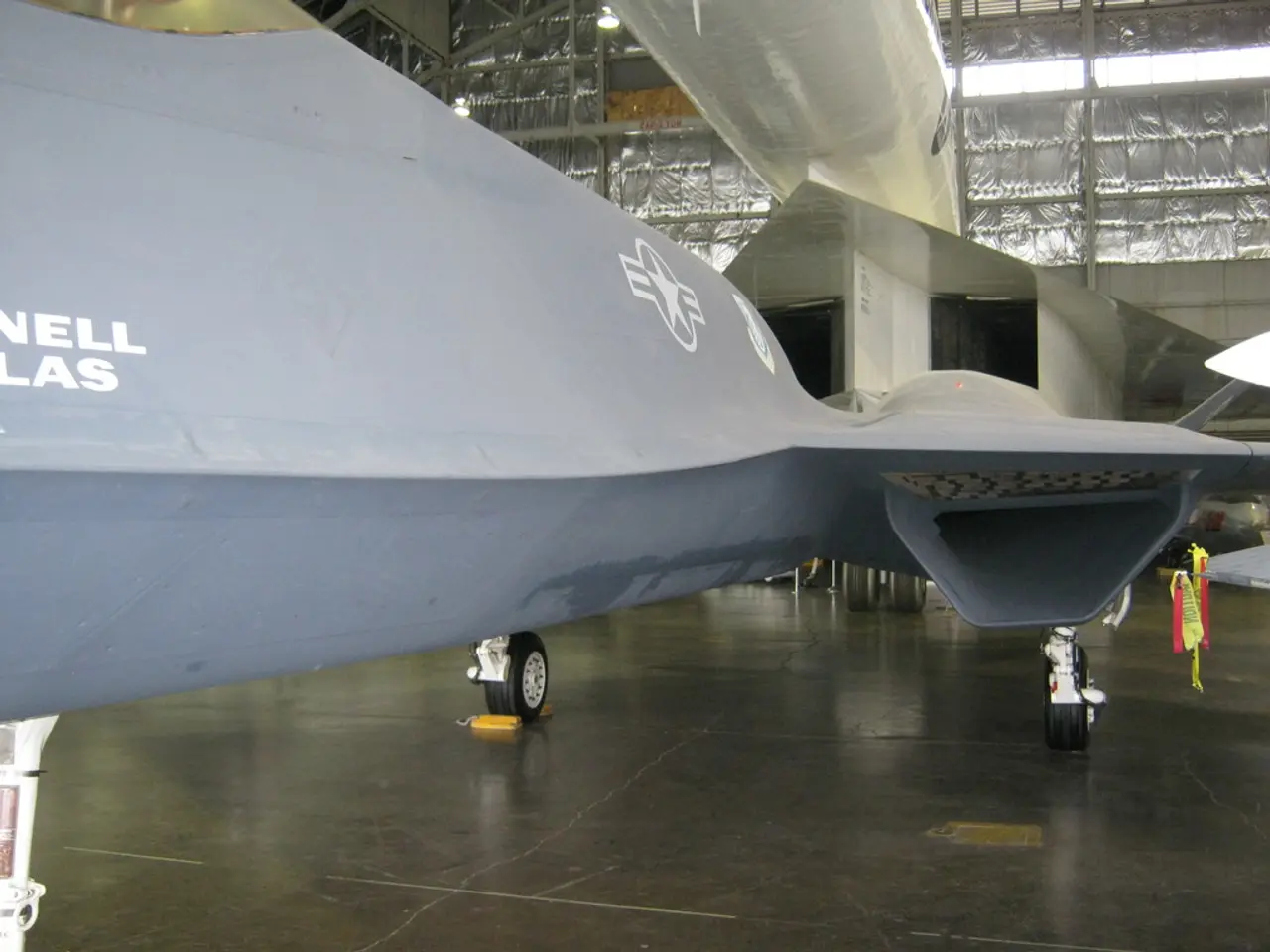"Airport Shares and the Struggle to Lure Back Holiday Travelers"
Thailand's Airport Business Outlook in 2025
Thailand's airport industry is gearing up for a bumpy year, with moderate passenger traffic growth and a decline in international tourism. This weathering of economic factors has slowed down revenue growth in the sector.
Thailand's tourism sector is grappling with challenges, with a dip in the second-quarter figures showing a decline in international tourists, particularly from China. Domestic tourists have also tightened their purses due to the global economic slowdown, geopolitical tensions, and aggressions that have fueled oil prices - a critical travel expense.
As a result, the prospects of tourist numbers reaching the coveted 40 million this year seem increasingly elusive.
Kasikorn Research Centre (KResearch) has foreseen a total of 34.5 million tourists for 2025, a 2.8% drop from the previous year. The once achievable goal of returning to pre-Covid levels of almost 40 million tourists now seems more challenging.
Despite the setbacks, tourism continues to hold significance, with net tourism revenue anticipated to remain positive, though its impact on the economy may shrink due to various factors:
- Intense competition in the international market for inbound tourism to Thailand
- Continued outbound travel by Thai citizens
- A shift in consumer behavior with Thais becoming more mindful of their expenditures
This unfavorable situation directly affects the "airport business outlook in Thailand for 2025." According to KResearch, the overall revenue from airport businesses in Thailand is expected to be around 80.7 billion baht, showing a slight increase of 0.2% from 2024.
Airport business revenue can be classified into two primary categories:
- Aeronautical Revenue: This includes passenger service charges for both domestic and international flights, and airport service fees.
- Non-Aeronautical Revenue: This encompasses earnings from rent, concessions, and other services such as utilities, check-in counters, and internal airport services.
The composition of airport business revenues varies depending on the size of the airport. For smaller airports, more than 80% of the revenue comes from aeronautical services, while for larger airports, the revenue from both aeronautical and non-aeronautical services is relatively balanced.
In 2025, the airport industry faces substantial hurdles, which will influence the growth of airport business revenues in Thailand. The key factors influencing airport revenues include:
Aeronautical Revenue: This segment is expected to show a slight positive trend, sustained by:
- Air Travel Growth: The number of passengers (both domestic and international) using airports in Thailand is projected to reach approximately 145.4 million, a 3.4% increase, albeit slower compared to the 15% growth in 2024. The rise in passengers is due mainly to domestic and international tourism, as well as business travel. However, the decline in foreign tourists visiting Thailand in 2025, projected to fall by 2.8% from the previous year, will directly affect revenue from international outbound passenger service charges.
- International Flight Traffic: International flight traffic is projected to increase. According to airlines' schedules, international flights to Thailand are mostly expanding, except for North America, which has shrunk due to the tourism season. The future of the airport business hinges on the government policies to attract foreign investments and tourists.
The onslaught of challenges facing the airport industry is immense, yet there are promising signs to energize the sector. According to industry experts:
- The growing interest in new destinations, as shown by international flights to China, which is expected to increase by 18%, and Japan by 16%, gives optimism for the future of airport business.
- The stabilizing economic environment and easing of travel restrictions could escalate international and domestic travel, thereby bolstering airport revenues.
- Airports in Thailand are focusing on expanding their non-aeronautical services to reduce the reliance on aeronautical services and increase revenue stability.
In conclusion, the airport business in Thailand is bracing for a year of steady growth, supported by recovering passenger traffic and regional aviation trends, but it must navigate ongoing economic headwinds, trade-related uncertainties, and softened cargo demand to achieve robust revenue expansion.
- Thailand's airport business outlook in 2025 is influenced by the decline in international tourism, particularly from China, and the economic slowdown, geopolitical tensions, and oil price rises affecting domestic tourism.
- Tourism continues to hold significance for Thailand's economy despite the challenges, with net tourism revenue anticipated to remain positive though its impact may shrink.
- Kasikorn Research Centre predicts that the overall revenue from airport businesses in Thailand will be around 80.7 billion baht in 2025, showing a slight increase of 0.2% from 2024.
- Aeronautical revenue, including passenger service charges and airport service fees, is expected to show a slight positive trend in 2025 due to a projected increase in air travel and international flight traffic.
- Airports in Thailand are focusing on expanding non-aeronautical services, such as rent, concessions, and internal airport services, to increase revenue stability.
- The airport business in Thailand will need to navigate ongoing economic headwinds, trade-related uncertainties, and softened cargo demand to achieve robust revenue expansion and adapt to emerging trends in travel, sports, culture, politics, finance, business, and lifestyle.




